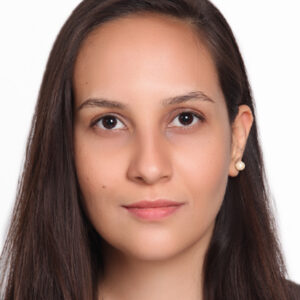
Features of the neighbourhood built environment and their ability to predict fitness in youth.
Abstract Overview
Background: Physical fitness is a vital indicator of overall health and wellbeing. Fitness impacts body mass regulation, obesity, and chronic disease risk. Children and adolescents worldwide are experiencing a decline in fitness levels. Recent evidence shows the role of the neighbourhood environment in supporting physical activity; however, there are few studies investigating the potential contribution of neighbourhoods to fitness.
Purpose: To examine the role of the built environment as potential predictive features of youth fitness.
Methods: Data were from the baseline visit of the Quebec Adipose and Lifestyle Investigation in Youth Cohort (n=630 families), an ongoing study of natural history of obesity in youth and young adults. Participants (aged 8-10 years at recruitment) with at least one biological parent living with obesity were recruited through schools in 3 large Quebec cities. To assess fitness, peak oxygen consumption was measured using a cycling test on an electromagnetic bike. Salient features of residential built environments, including walkability, traffic safety, and air quality, were assessed using on-site audits and a Geographic Information System. Supervised machine learning methods were applied to the case-complete sample (n=342), after imputing data for physical activity using predictive mean matching (mice package in R). A random forest algorithm identified key variables predictive of fitness, and decision trees to clarify inherent variable interactions, yielding an interpretable hierarchy of variable importance.
Results: The random forest model for peak oxygen consumption (VO2peak/ml/kg) identified the following neighbourhood factors among the top ten predictors: number of neighbourhood intersections, building density, vegetation index, and rush hour traffic. Other predictors included BMIz, Tanner stage, physical activity, and parental education. Additionally, the decision tree model highlighted sex, neighbourhood intersections, and land use mix as significant factors in data partitioning.
Conclusions: Results may inform interventions seeking to modify built environments to improve fitness in youth.
Funding: CIHR, HSFC
Additional Authors
Name: Dorsa Salimi
Affiliation: Department of Family Medicine, Faculty of Medicine, McGill University, Canada
Presenting Author: yes
Name: Tibor Schuster
Affiliation: Department of Family Medicine, Faculty of Medicine, McGill University, Canada
Presenting Author: no
Name: Roseane Guimaraes Czelusniak
Affiliation: Département des sciences de l’activité physique, Université du Québec à Trois-Rivières, Trois-Rivières, QC,Canada.
Presenting Author: no
Name: Andraea Van Hulst
Affiliation: Ingram School of Nursing, McGill University, Montreal, QC, Canada.
Presenting Author: no
Name: Tracie Barnett
Affiliation: Department of Family Medicine, Faculty of Medicine, McGill University, Canada
Presenting Author: yes

